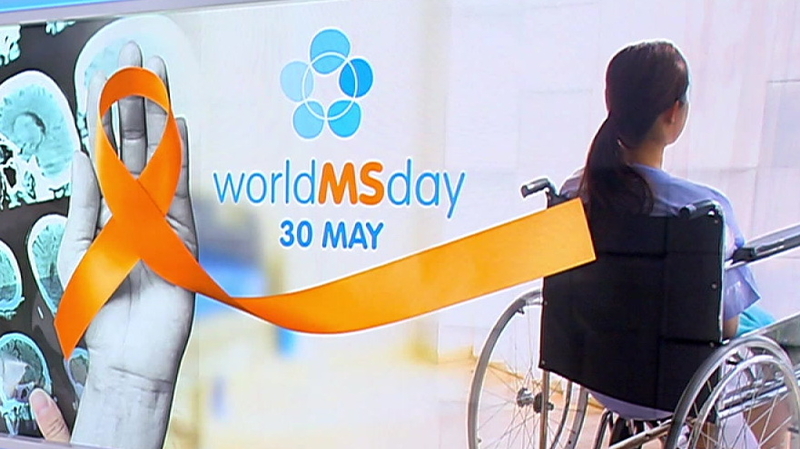Multiple sclerosis – an autoimmune disease where the body attacks its own nervous system – presents differently in every patient, making awareness crucial for early diagnosis and treatment, experts say.
Multiple sclerosis (MS) remains widely misunderstood despite affecting thousands globally, medical specialists note. World MS Day, observed annually, aims to correct common misconceptions – particularly the inaccurate assumption that most patients require wheelchairs.
MS is an autoimmune disorder where the immune system attacks the central nervous system, i.e., the brain or spinal cord.
These attacks create lesions called “plaques,” though their exact trigger remains unknown. “The disease likely results from a combination of genetic, environmental, and viral factors,” explained Dr Myriam Cescutti, an MS specialist. She noted that “multiple elements must converge for MS to develop.”
While reported cases have risen steadily since 1980, Dr Cescutti clarifies this reflects earlier detection and greater awareness rather than increased prevalence. “The actual incidence hasn’t changed significantly in the past ten years,” she noted.
In Luxembourg, MS affects an estimated one to two per 1,000 people, with diagnosis typically occurring between ages 20 to 40. Women are statistically more susceptible than men.
The specialist emphasised MS’s variable presentation: “When I diagnose people, I often say, you have already seen people with MS and didn’t realise it because in most cases it is not visibly apparent,” Dr Cescutti said. While some experience visible mobility issues, more common symptoms like fatigue or movement-triggered impairments often remain hidden.
Although incurable, modern treatments can effectively slow disease progression when optimised.
